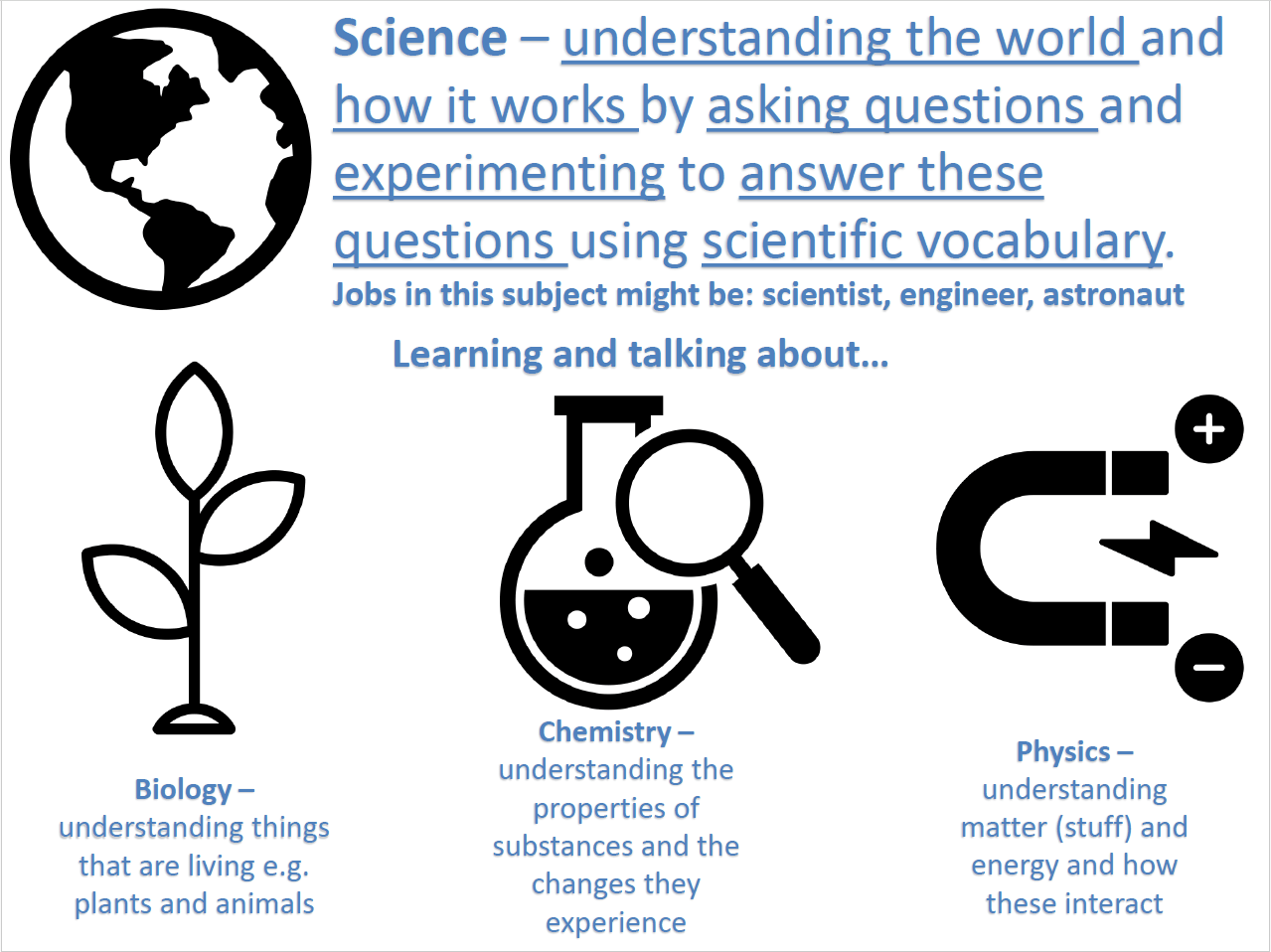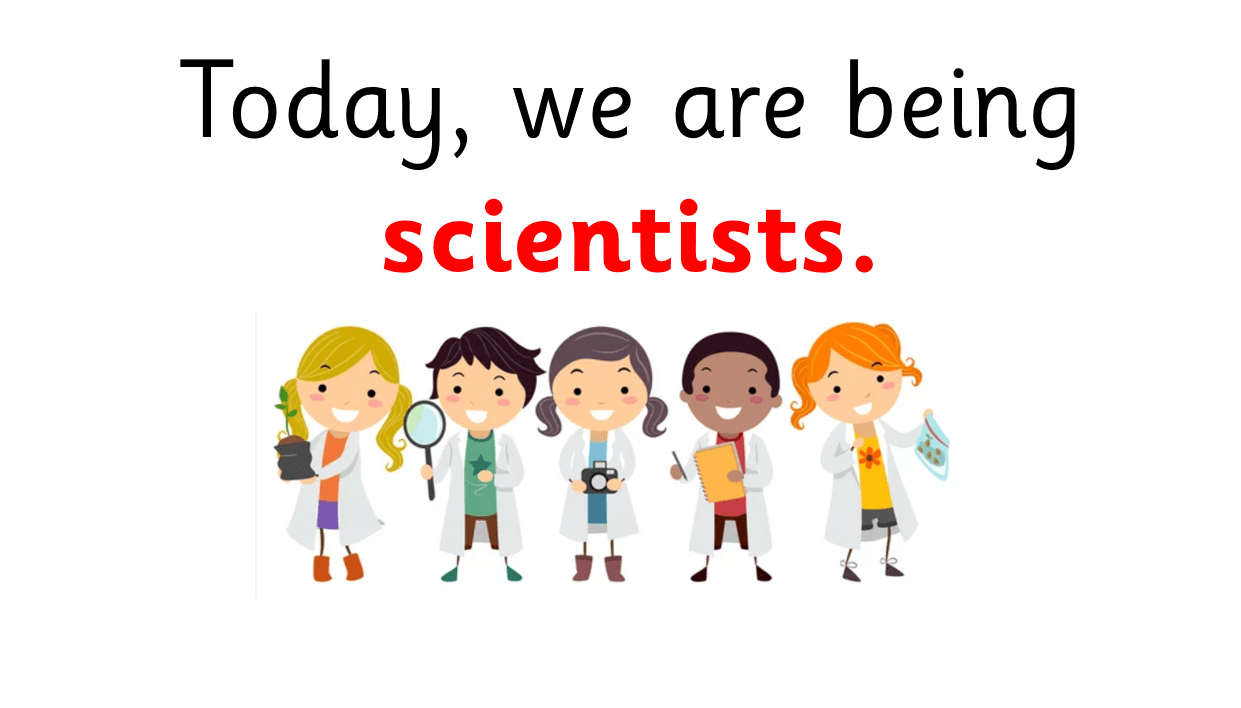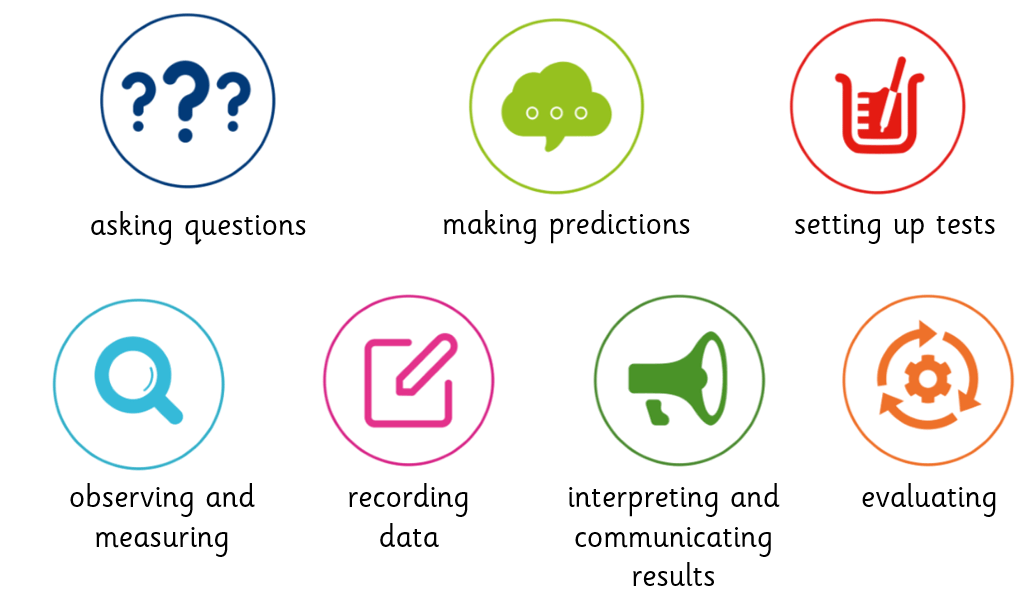Science
Long-term planning can be found on the Curriculum front page. Please use the menu to navigate to this page. Alternatively - click here
Our vision is to develop children’s curiosity and to ensure that ALL children have the knowledge and skills to investigate, reflect and talk like a scientist.
Intent
- For children to have opportunities to ask questions about the world around them and to think creatively about how to find answers
- For children to be exposed to different types of scientific enquiry and to instil them with the confidence to identify the effectiveness of utilising different investigative strategies
- To build inquisitive young scientists who speak passionately about different areas of their learning and make reflective connections
- To develop children’s substantive and disciplinary knowledge of science by ensuring a focus on retrieval
Implementation
- Leaders of learning ensure that teaching builds upon prior knowledge and that previous steps are secure and understood before moving forward.
- Carefully planned opportunities for retrieval of prior learning are built into the beginning of each lesson.
- Teachers understand the importance of key scientific language and the progression of this. Language is taught and modelled explicitly.
- Teachers make the enquiry type being utilised in each learning block explicit to children and they understand the significance of this.
- Enquiry skills are regularly referred to and their use is modelled by leaders of learning. Children are expected to use these skills in every lesson.
- Children have a range of practical and purposeful scientific opportunities provided to them and, when appropriate, the freedom to investigate independently.
- Teachers provide children with problems that allow children to apply their knowledge to a new context which requires deeper thinking and problem solving.
- Teachers utilise fiction and non-fiction texts as drivers of learning. They expose children to a range of appropriate texts both within discrete science lessons and woven into the wider curriculum.
Impact
- Children will be able to confidently explain different types of scientific enquiry and articulate their different uses.
- Children will be able to recall key facts from their learning journey.
- Children will be able to apply their learning in a wide range of contexts and make appropriate connections across the wider curriculum.
- Books will show that children have been on a coherent journey of learning as sequenced by knowledge organisers and that the Golden Cogs have been utilised within lessons.
- Teaching will show high quality modelling and meta-talk. This will equip children with the confidence to talk like a scientist.
Reading
Promoting an enthusiasm for reading is central to everything that we do at SGPS. As such, each science topic is mapped out to have two key texts – one fiction and one non-fiction. These books will be promoted in reading corners and utilised in science lessons (and in the wider curriculum) to encourage deeper learning. A link to our book spine can be found below.
Key documents
Each new unit of learning is organised around a knowledge organiser. This provides information on the learning journey, enquiry types being used, new vocabulary, vocabulary to recap and visuals to support learning. Teachers will mark against this show whether children have met their learning goals. Below you can see an example knowledge organiser.
The GOLDEN cogs of our Science curriculum
Each science lesson at SGPS, will be structured using the five golden cogs.
Cog 1 – Teachers will expose children to a range of questions which will require children to retrieve knowledge learnt in previous terms and years. Below you can see an example of what this might look like.
Teachers create these retrieval tasks using the school retrieval document which outlines key knowledge and a suggested sequence of spaced retrieval. Link to retrieval document is on the main curriculum page and the link is also here
Cog 2 – Teachers introduce children to the focus question of the day and the enquiry type being used.
|
|
|
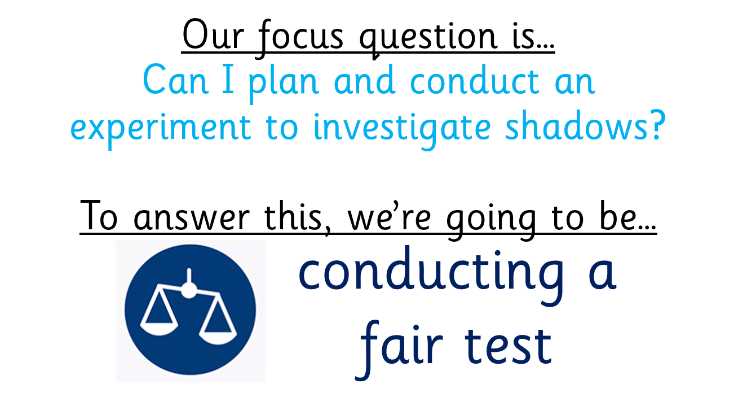 |
Cog 3 – Children are provided with a stimulus to encourage scientific discussion around the focus question. This may be in the format of an image, video, concept cartoon or physical object. This is an open, low-stakes opportunity for children to formulate questions they might have and to share their ideas. This may give teachers insight into possible underlying misconceptions. Below you can see some examples of what this might look like.
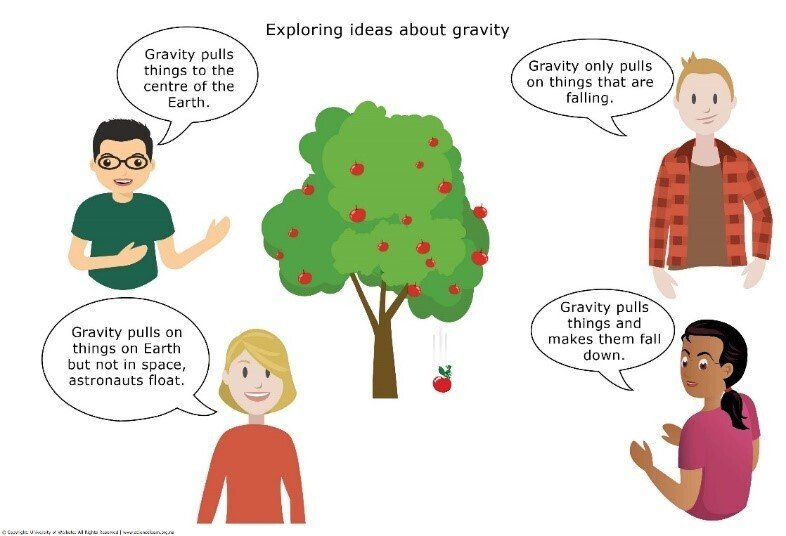 |
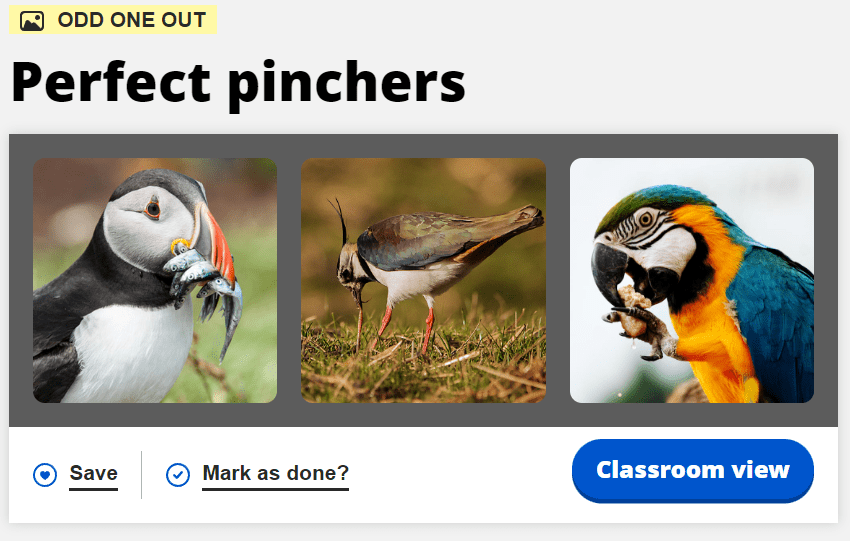 |
Cog 4 – Teachers share with children with the substantive and disciplinary knowledge that they will need to successfully answer the focus question. This may be delivered in many different formats depending on the enquiry type being utilised. Children have time to rehearse this learning through shared and independent opportunities.
Cog 5 – Children are given the opportunity to apply their learning to a new context. This may require children to reason and problem solve using what they know. This may provide teachers with insight into how secure this new knowledge is and inform their next steps. Below you can see some examples of what this might look like.
 |
 |
Throughout a lesson, teachers will explicitly refer to a range of scientific enquiry skills which children will be using to investigate the given question.
Moresdale Lane, Seacroft, Leeds, LS14 6JR
0113 2605385
office@seacroftgps.org.uk

